For the US military, the Lockheed Martin F-35 and F-22 Raptor are prized possessions. The two stealth fighters are considered the most advanced warplanes on the planet.
The National Interest interviewed a retired Marine Corps Officer and combat veteran David Berke in order to obtain answers to some of the most tantalizing questions on modern stealth jets.
Berke has over the years built a resume that truly deserves admiration. When posted on the Naval Ship the USS John C Stennis, he was deployed twice in support of combat operations in Iraq and Afghanistan commandeering his F/A-18.
Later he got well acquainted with flying the F-22 while serving as the Division Commander in the Test and Evaluation Squadron.
Berke also had the privilege of being the first operational pilot ever to fly and be qualified in the F-35B, serving as the Commanding Officer of the Marine Corps’ first F-35 squadron from 2012-2014.
F-22 Raptor Vs F-35 Lightning II
The EurAsian Times had earlier published a detailed comparison of the two stealth fighters.
While the F-35 is a single-seat, single-engine, stealth multirole fighter jet capable of performing ground attacks and air defense missions, the F-22 Raptor is a single-seat, twin-engine, fifth-generation, tactical fighter aircraft specializing in air dominance.
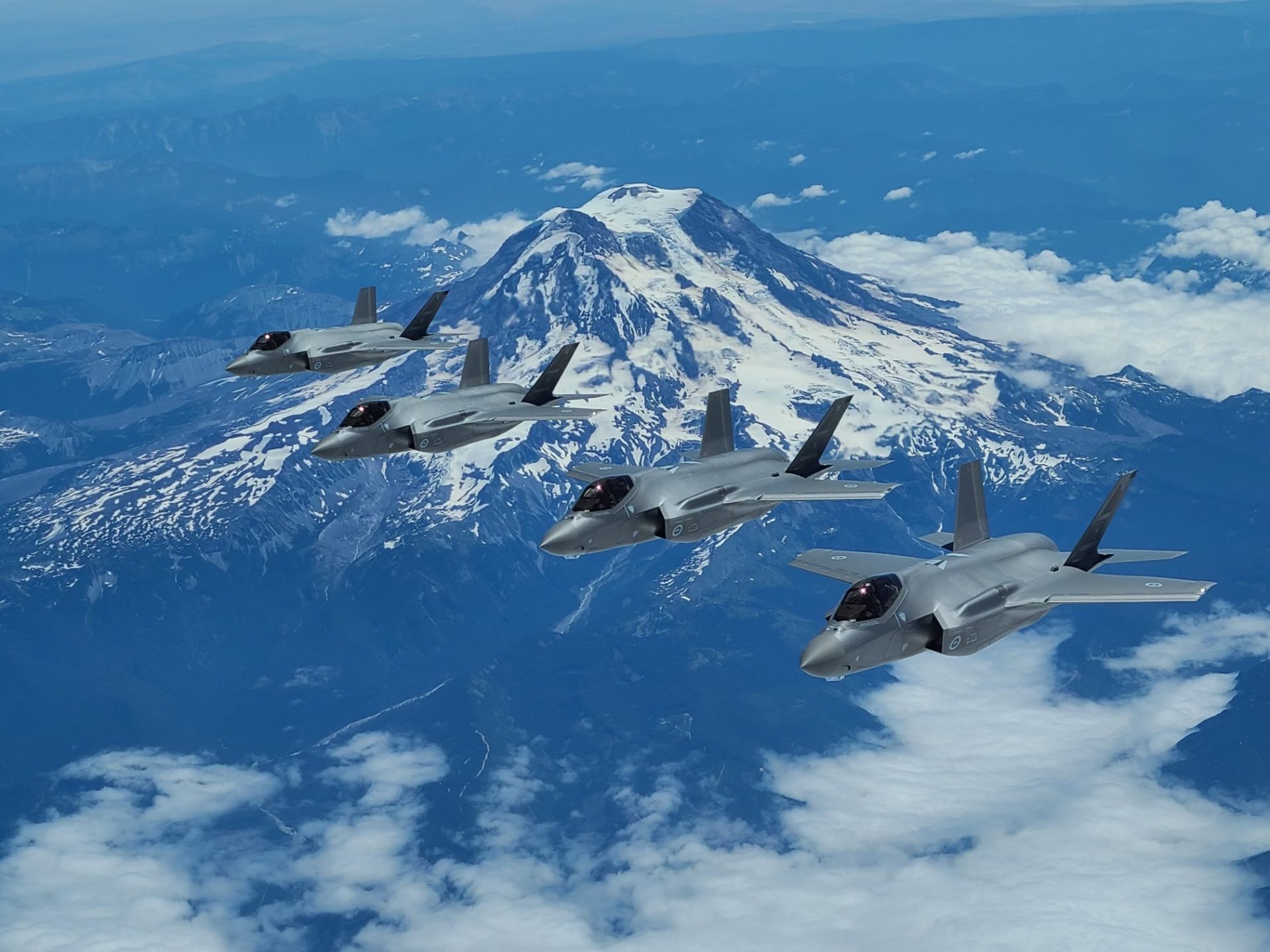
It was in the mid-1990s when the Joint Striker Program was initiated. While the first prototype, called X-35 flew in 2000, the F-35 aircraft took its first flight in 2006. Since then, the fighter leads the pack among the fifth-generation aircraft and is being used by 14 militaries across the globe.
According to Lockheed Martin, as of June 2021, more than 645 F-35s have been delivered, operating from 26 bases around the world. Over 1,255 pilots and 10,030 maintenance staff have been trained on the aircraft.
On the other hand, F-22 Raptors are only meant for the US Air Force. The US has federal law over the export of the fighters with the US Government apprehending that such ‘awesome’ designs and technology could fall into the wrong hands.
Dream Come True For Aviation Enthusiasts As Microsoft Develops Platform To ‘Fly’ World’s Most Powerful Fighter Jet – F-35B
Additionally, the F-22 Raptor has many distinctive features that have been classified by the Pentagon, so much so that even its pilots are barred to use its full capabilities in international drills, even with close allies.
In terms of stealth technology, the F-22 Raptors are considered the stealthiest fighter jets on the planet with the aircraft boasting an even reduced cross radar section than that of the F-35s.
Despite the F-35s being loaded with state-of-the-art features, the fighters were built to carry out air-to-ground missions, and therefore do not stand a chance against the Raptors when it comes to dogfighting given F-22s are an air-superiority fighter jet.
“The F-35 cannot match the F-22 as an air superiority fighter—it was never designed as such. The US Air Force’s initial plan was for the F-22 to be its high-end air superiority fighter while the F-35 was developed essentially as an air-to-ground strike aircraft capable enough to protect itself.
While the Raptor was designed with advanced stealth and super maneuverability, the F-35s were designed to be stealthy with exceptional sensors, but with aerodynamic performance, only comparable to an F-16 and nowhere near the F-22 Raptor.
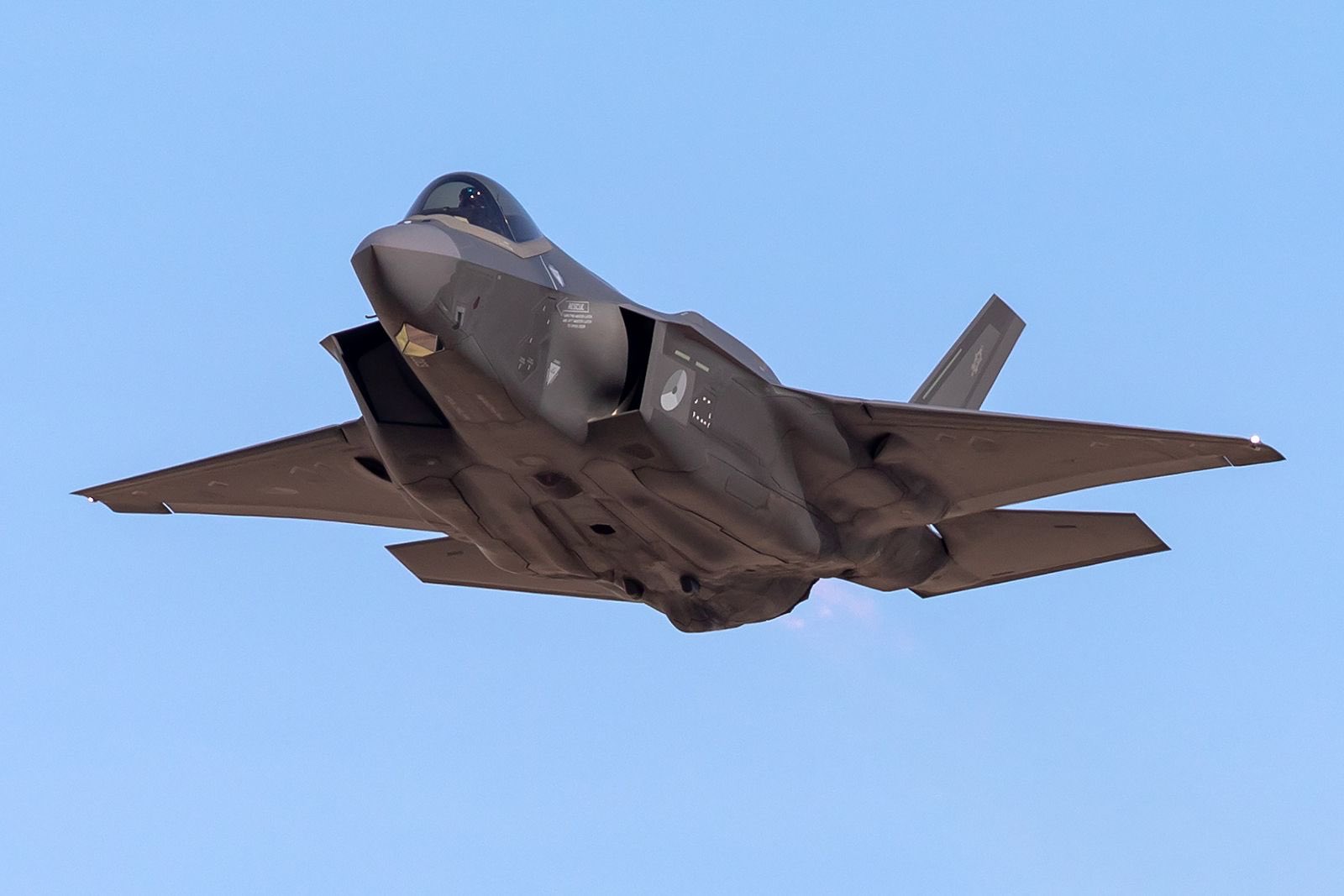
While some variants possess the ability of vertical landing/takeoff along with other features, the Raptors still trump them when it comes to speed. According to Defense analyst, Colin Ritsick, writing for the Military Machine,
“When it comes to sheer speed, the F-35 just can’t keep up. But it wasn’t built to. The F-35, with its air-to-ground combat design, is not designed for breakaway speed. It has a top speed of 1.60 Mach, and less maneuverability than the F-22 in dogfight scenarios.
“The F-22 can ramp it up all the way to 2.25 Mach. It climbs at a rate of 62,000 feet per minute whereas the F-35 climbs at 45,000 feet per minute.”
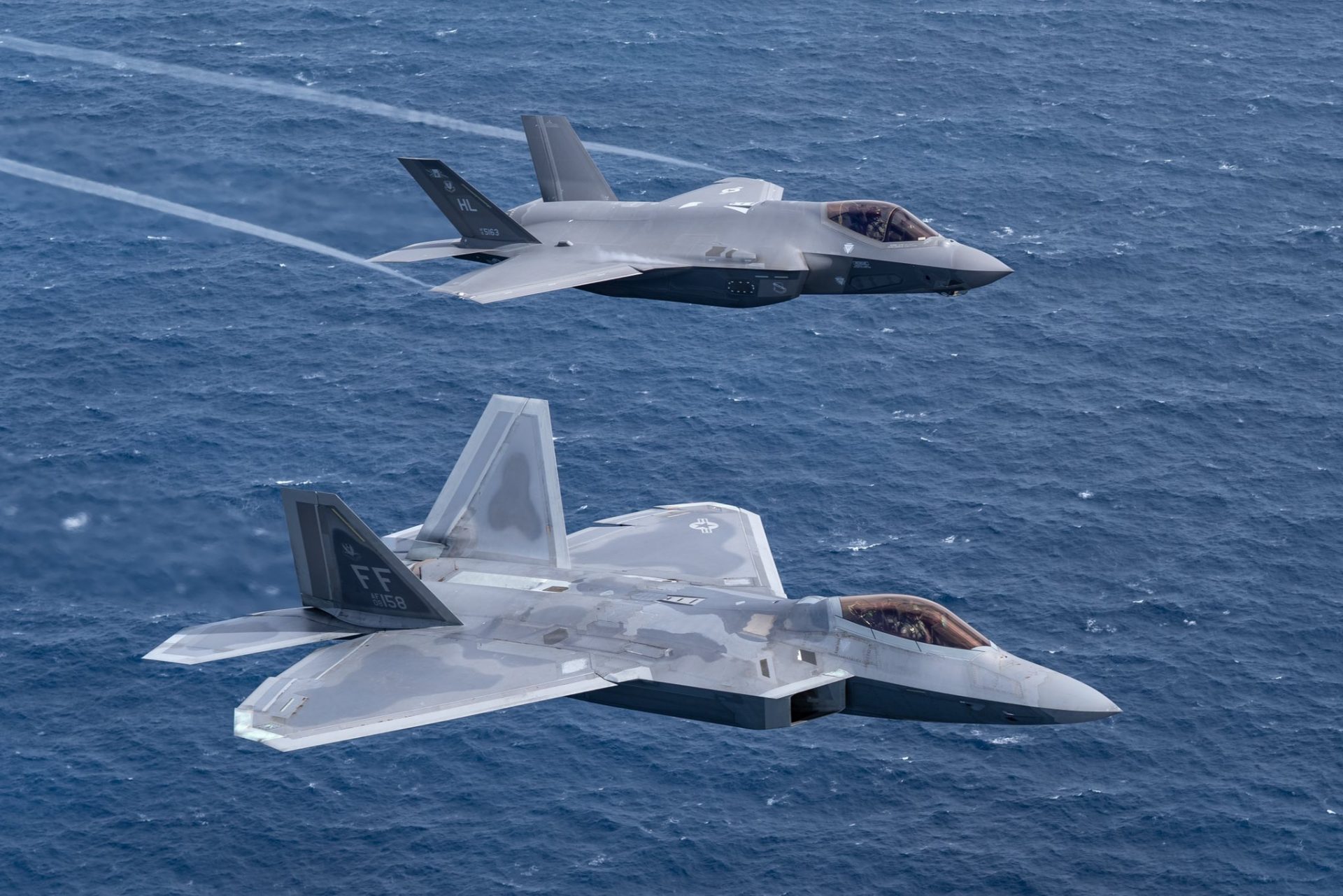
However, despite the mismatch in speed, the F-35s can still hold their own against non-stealthy fighters.
“The Air Force expects that the F-35, with its stealth and sensors, will be able to fill the gaps between flights of F-22s during a large-scale engagement. The F-35 does not have the sheer speed and altitude of the Raptor, but it does have excellent sensors and stealth, which does afford its decent capability against non-stealthy aircraft,” added the National Interest.
Battleground Syria: How Israeli Fighter Jets Laid A ‘Bear Trap’ For Russian MiG-21s & Shot-Down Half A Dozen Aircraft
What Did The US Veteran Pilot Have To Say
David Berke considers the F-35 the most prolific 5th-gen aircraft in the world. He also quashed concerns regarding similar aircraft being developed by China and Russia although he did recognize that these jets had similar technology and designs.
According to Berke, the F-35 has emerged to be a quintessential jet not only due to its stealth capabilities but also numerous other notable modernizations like the information capacity, which also deserve adequate recognition.
The development in the arena of information capacity has two layers to it. Firstly, its ability to gather the breadth of information available coupled with a broad range of RF spectrum information, Electro-optical, infrared, laser. It increases its ability to operate more broadly and widely than its contemporaries.
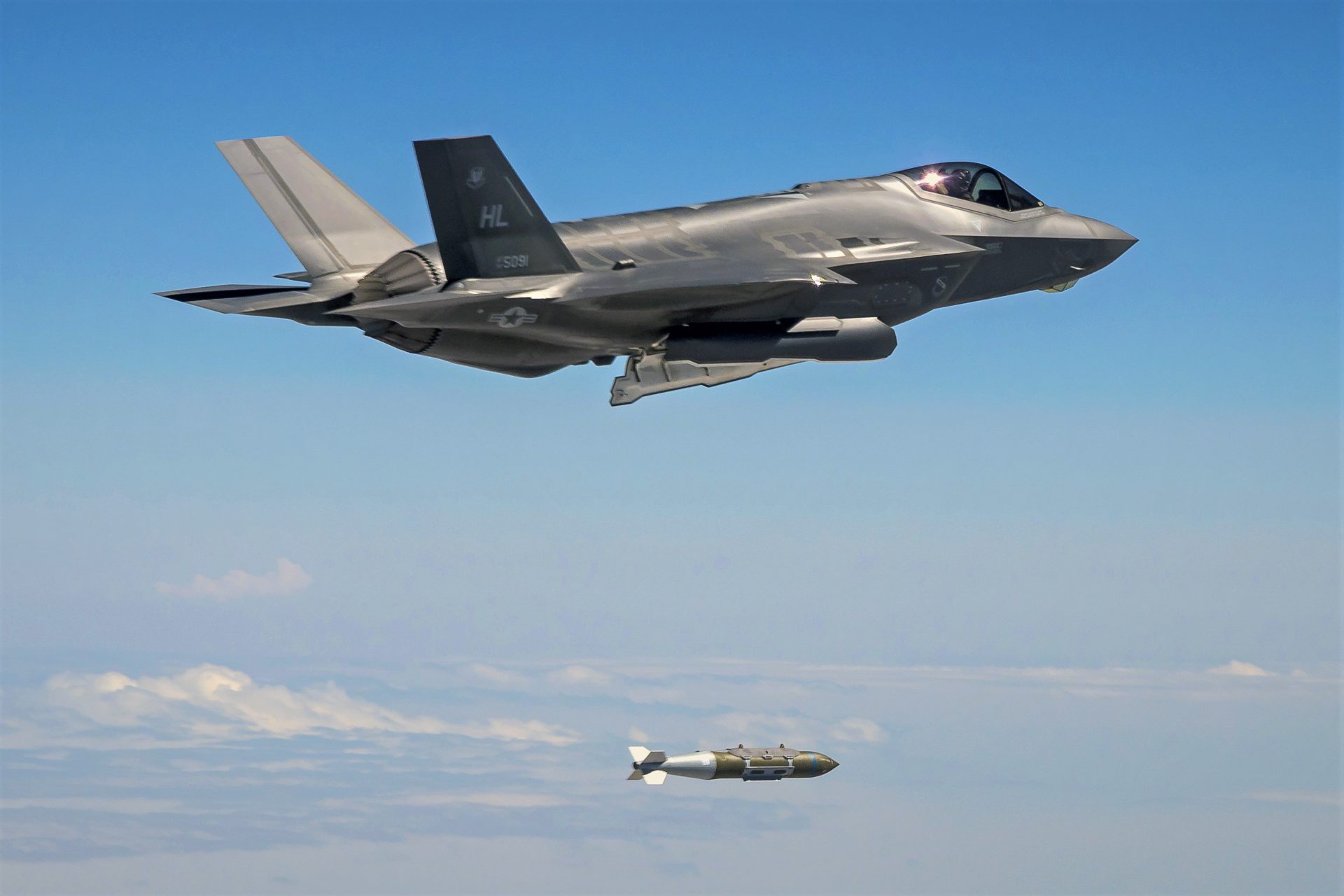
But in the era of supplementary navigation, these features do not really hit the mark in assuring the unique selling points of the F-35. According to him, what makes the F-35 truly unique is its ability to fuse and share the information acquired.
The F-35 offers an amalgamation of these add-ons increasing its sensing capabilities substantially. It offers a data network linked to numerous other F-35s making a vast array of information available to combatants.
It is also capable of combining that information to enhance and increase the fidelity of that information and then shares that with other aircraft in the link, offboard sensors that are airborne, offboard sensors that are on the ground, etc.
He regards the F-35 to be a milestone in aerial combat capable of operating not just as a sensor in the battlespace but also as a quarterback of other systems. It also flaunts a qualified decision-making process, both airborne and on the ground which remains unparalleled in the sky.
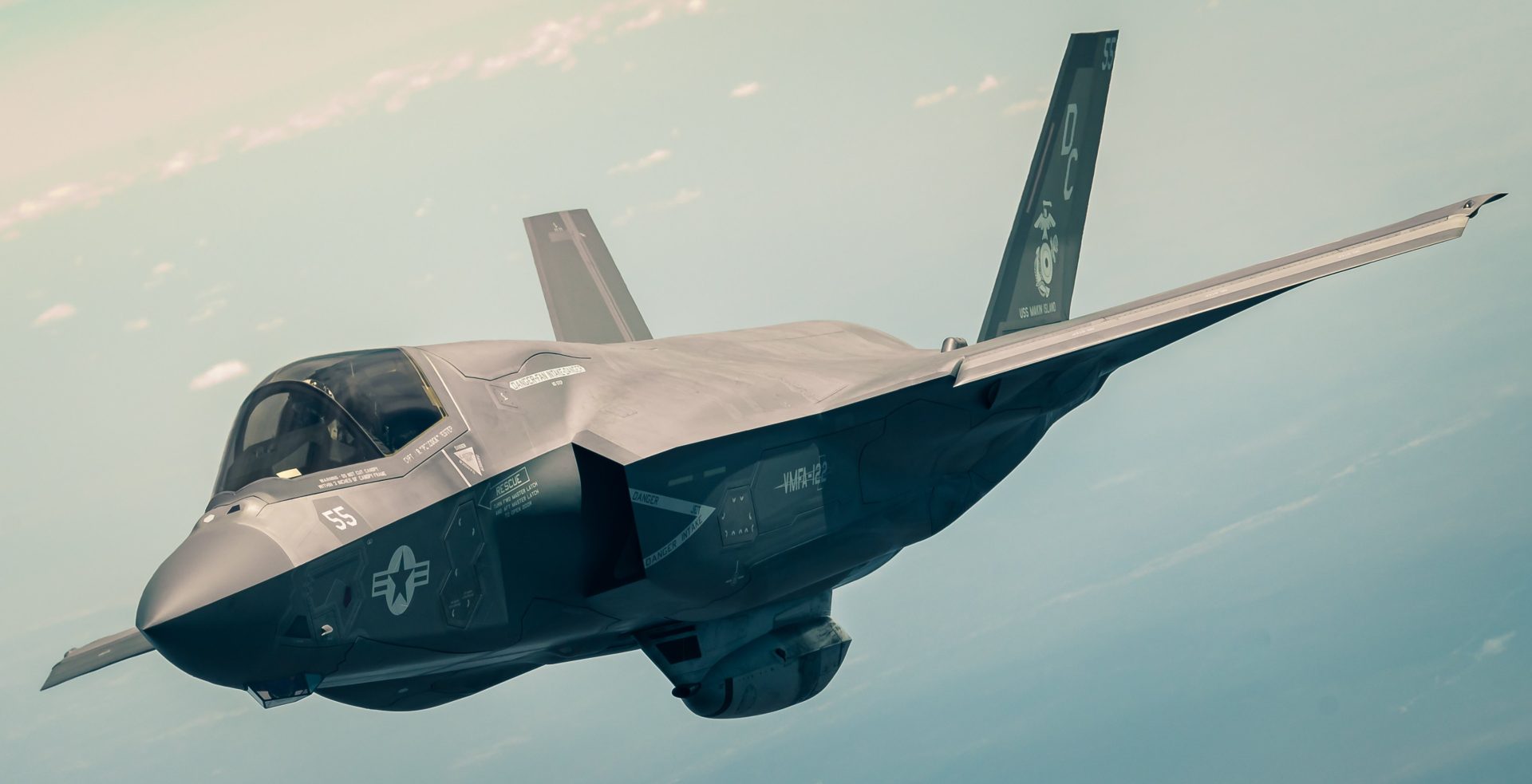
Its ability to operate in hostile environments coupled with its anti-access aerial denial makes it a stealthy machine to reckon with boasting the capacity to operate in places where the enemy or multiple enemies don’t want us to operate.
Moreover, the F-35 is not just capable of independent action due to its unique sensing abilities. It is also capable of sharing data with all aircraft on the network. Its sensor suite advances its capability to disseminate the acquired information outside of areas, which stand out of reach of generic aircraft.
The question over the acquisition of any defense machinery is not just its tactical and strategic abilities but also its cost-effectiveness.
Berke recalled his experience working as the only Marine to ever fly the F-22 Raptor and then the F-35. Over the years, he had acquired extensive experience in flying fifth-generation jets that made him realize that high operational capability was tantamount to very high cost.
He certainly believes that it isn’t a cheap program. Though, he doesn’t find it surprising that production costs have plummeted over the years, which he attributes to technological developments and increasing efficiency.
But he doesn’t deem the cost of an aircraft to be a factor of paramount importance. He believes that the real question is how the cost compares to the capability stressing on the unique features offered by the jet.










